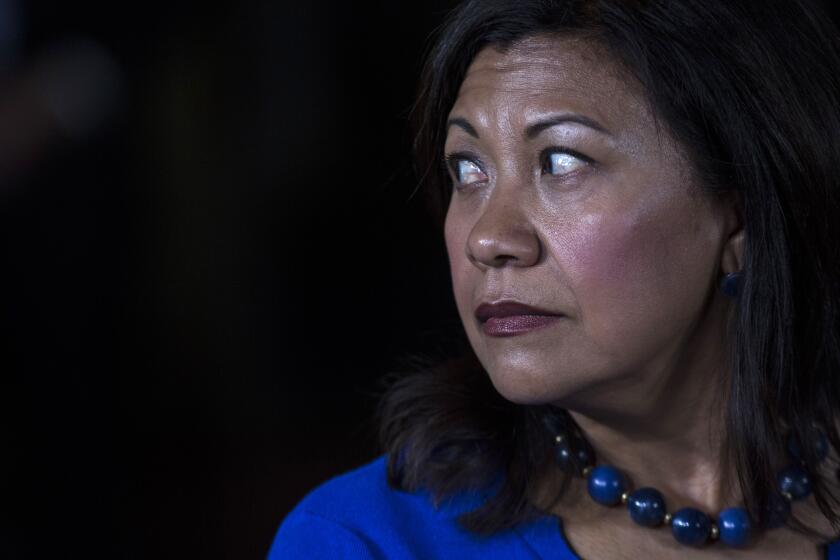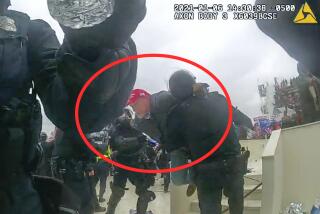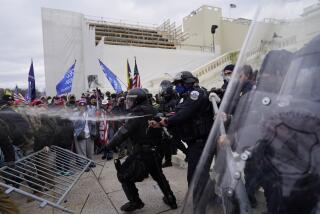Jan. 6 rioters exploited little-known Capitol weak spots: A handful of unreinforced windows
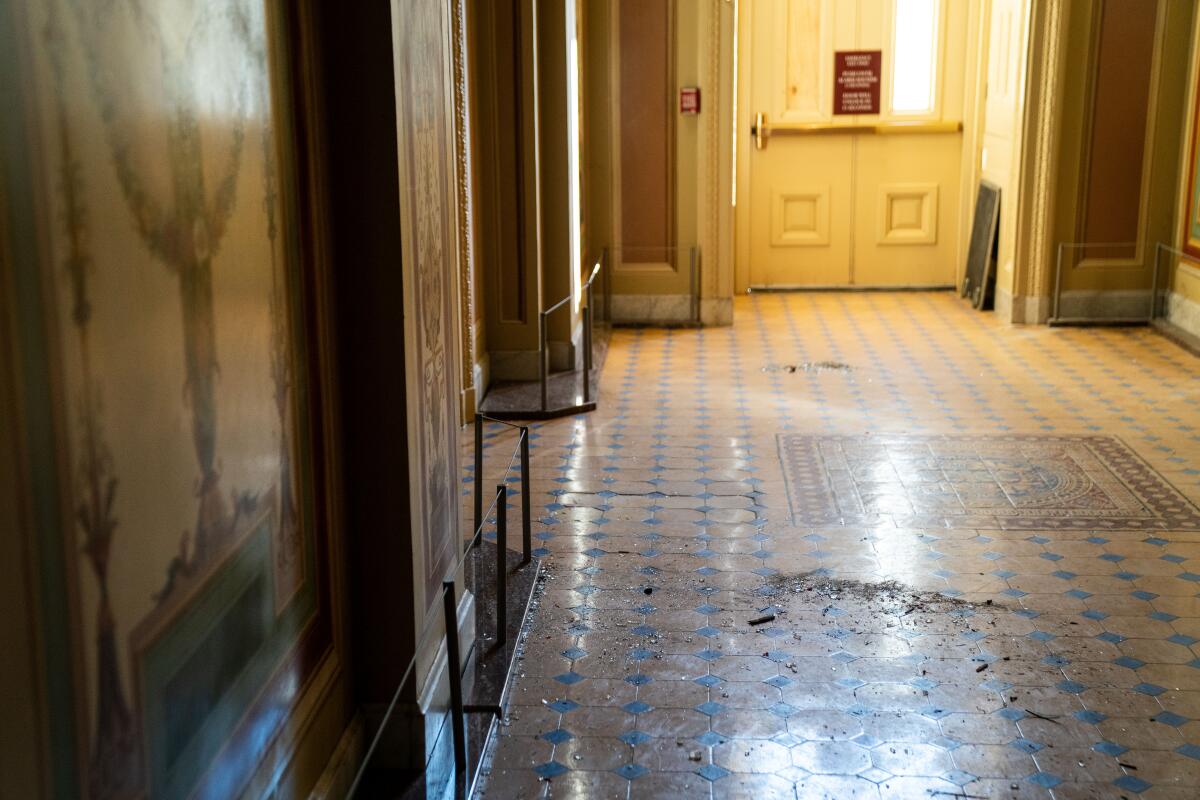
Four major access points that Jan. 6 rioters used to break into and overtake the U.S. Capitol had something unusual in common: They were among a dozen or so ground-floor windows and glass-paned doors that had not been recently reinforced.
The majority of the Capitol’s 658 single-pane windows were quietly upgraded during a 2017-19 renovation of the historic building. The original wooden frames and glass were covered with a second metal frame containing bomb-resistant glass.
But planners skipped about a dozen ground-floor windows, including some located in doors, because they were deemed to be low risk in the event of implosion, largely due to their discreet or shielded location, or because the building couldn’t structurally handle the load of the heavier frames.
And whether by sheer luck, real-time trial and error, or advance knowledge by rioters, several of those vulnerable windows and two glass-paned doors — protected with only a thin Kevlar film added after the Sept. 11 terrorist attacks — became easy entry points for hundreds of Trump supporters who overran and ransacked the building on Jan. 6.
Video shows some of the first rioters to break through the police line running past 15 reinforced windows, making a beeline for a recessed area on the Senate side of the building, where two unreinforced windows and two doors with unreinforced glass were all that stood between them and hallways leading to lawmakers inside who had not begun to evacuate.
A rioter’s fist cracked the glass of one window, video posted to social media shows. A stolen police riot shield and a wooden pole finished the job. In seconds, the unreinforced glass gave way in a single sheet. Rioters poured through the window. Similar methods were used to break glass in at least three other locations.
“I couldn’t believe that they were able to breach those points as easily as they did,” said Scott Lilly, a former House Appropriations Committee Democratic staff director. “It certainly shows that all of the money and inconvenience that we’ve instituted on those buildings was not particularly well spent.”

Though the bomb-resistant windows were never designed to keep out rioters, every reinforced window that was attacked by insurrectionists appears to have remained intact, even if damaged.
But despite the unintended effectiveness of bomb-resistant windows as a deterrent against attackers on foot, it remains unclear whether the board responsible for Capitol security will now upgrade those remaining single-pane windows and unreinforced doors.
The access points that rioters passed through have so far been repaired with single-pane glass — but without Kevlar.
Officials indicated they plan to use some of the $300 million Congress approved this summer for security improvements to upgrade windows broken on Jan. 6.
“The windows that were broken on Jan. 6 are obviously a key area of focus,” Senate Sergeant at Arms Karen Gibson said in a statement.
A House Administration Committee aide said an engineering review will determine what updates are possible considering the weight of the ballistic glass. “They’re very old windows,” the aide said.
For decades, Capitol security officials and lawmakers were focused on an entirely different threat.
The millions of dollars spent to harden the Capitol after the 1995 Oklahoma City bombing, the 1998 shooting of two Capitol Police officers at an entrance checkpoint and Sept. 11 were targeted at protecting the highest number of lives in case of a bomb or explosion.
“Nobody ever talked about the potential of an insurrection and thousands of people storming the Capitol,” said former architect of the Capitol Alan Hantman, who held the role from 1997 to 2007.
After Sept. 11, 2001, the FBI warned lawmakers that as many as 35,000 employees could die from flying glass shards if a bomb in a truck went off outside the building, former House Appropriations Republican staff director Jim Dyer said.
Congress quickly approved $100 million to install concrete barriers and apply Kevlar film on thousands of windows in the Capitol and its surrounding office buildings. The FBI said the film could reduce casualties by 80% because it would cause the glass to break in a single sheet.
Years later in 2017, the Capitol complex underwent another security renovation that included motion sensors in the Capitol lawn and the bomb-resistant glass.
Those upgrades were part of a well-publicized, large-scale renovation to the exterior stone and ironwork of the Capitol and surrounding office buildings. But the security improvements were not widely disclosed at the time. Most of the Capitol was covered in scaffolding during the multiyear project, and much of the work took place at night. Funding to reinforce the windows came from a mix of classified and unclassified appropriations, which helped mask the scale and cost of the project.
The bomb-resistant frames, which sit about four inches outside the existing single-pane window frames, were carefully designed to look like the originals so they would not be immediately noticeable to the general public, according to a former Capitol architect’s staff member who was employed when the decision was made but did not want to be identified speaking about the security matter.
The decisions about which windows and doors would not be reinforced were based on calculations of how many people might be killed or injured by imploding glass in the event of a bomb outside, the former staff member said.
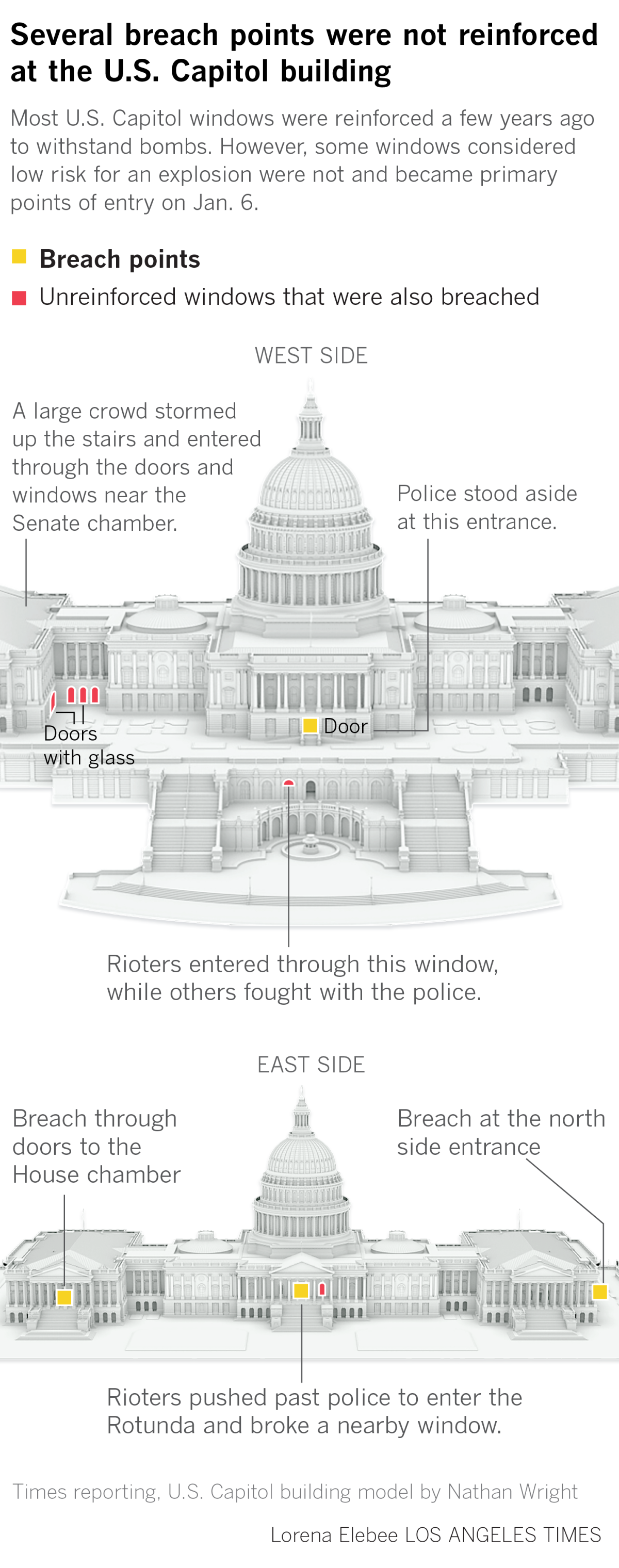
Some second- and third-floor windows were not upgraded due to estimates of the low risk to those windows from a bomb’s likely blast radius and direction, according to several Capitol staff members familiar with the plans.
Other factors included how many people were in regular proximity to a particular window, giving priority to offices over hallways. Another consideration was whether a window was in an area that a person with a bomb could freely access by vehicle or by foot, the staff members said.
The final call on which windows to upgrade fell to the three-member Capitol Police Board, made up of the architect of the Capitol, the House sergeant at arms and the Senate sergeant at arms. Congress oversees the board, though it has operated largely autonomously for years — until recently, when questions arose over the failure to fend off the Jan. 6 attack.
When asked about the decision not to reinforce certain windows, a spokesperson for the architect of the Capitol said upgrades are made in consultation with security officials and details “are not released to ensure the physical security of the campus is not compromised.”
Most of the unreinforced glass broken Jan. 6 was on the west front of the Capitol, where much of the hours-long battle between officers and rioters took place. Some of the windows and doors they attacked were just yards from where presidential inaugurations take place.
In a year that kicked off with the Jan. 6 attack on the Capitol, threats against Congress members are soaring: 4,135 in just the first three months.
Separating that side of the building from the nearest road is a sprawling lawn and a wide terrace that has been largely off limits to the public for years, which may explain why glass there was not upgraded. The area is normally patrolled by Capitol Police carrying assault-style weapons.
The four unreinforced windows and doors that were the first points of entry on Jan. 6 are all in a recessed alcove, shielded by exterior walls on three sides. They were not the first windows, nor the easiest to reach for rioters storming up the Capitol steps. Attackers ran more than 100 feet across a courtyard to reach the covered outdoor entryway, where two unreinforced windows and one of the doors are.
The east front, considered the main entrance to the building, is more accessible to the public. Protesters and tourists often gather in its wide plaza. It is more heavily fortified, with nearly every window on the first and second floors reinforced. Two of the three breaches on that side of the building occurred through doors. One second-floor window was also smashed in.
A House select committee investigating Jan. 6 has been tasked with probing what led to the riot and how it occurred, including how rioters so easily penetrated the building.
A committee spokesman said investigators “need to understand everything on that day,” but he did not comment on whether the unreinforced windows are part of the inquiry.
More to Read
Get the L.A. Times Politics newsletter
Deeply reported insights into legislation, politics and policy from Sacramento, Washington and beyond. In your inbox three times per week.
You may occasionally receive promotional content from the Los Angeles Times.

